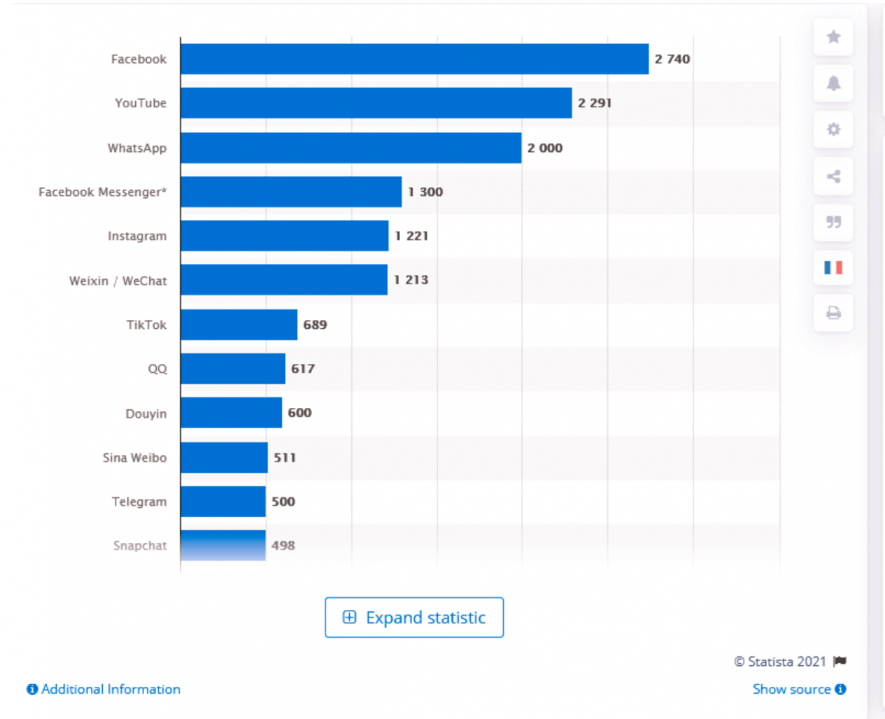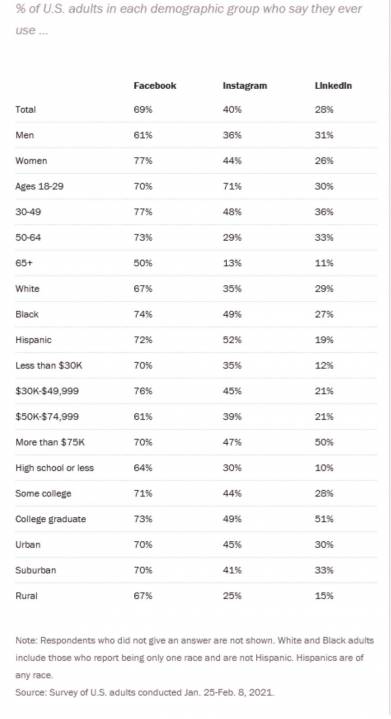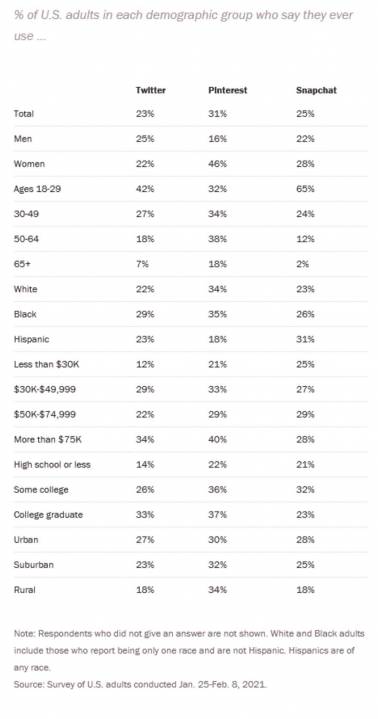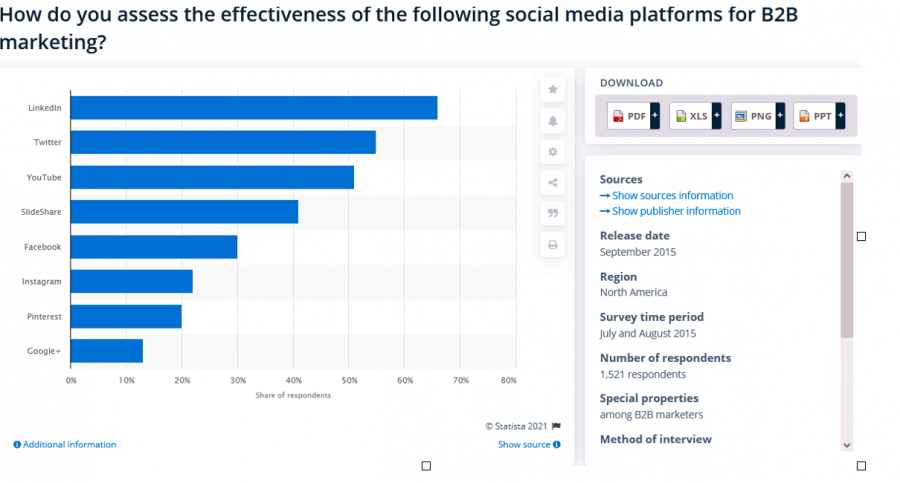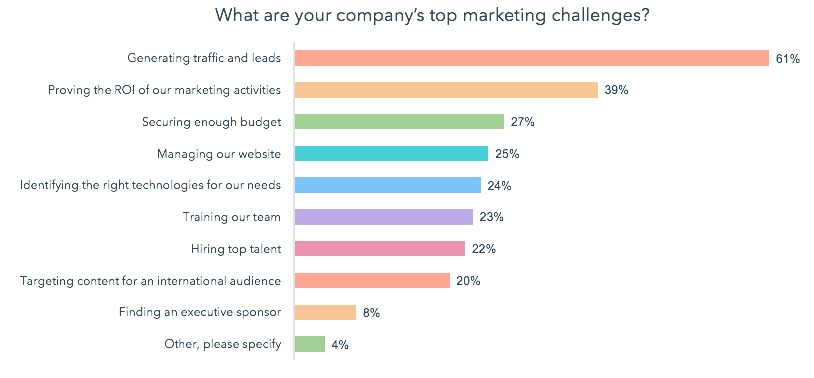Sourced from Forbes
For many new entrepreneurs, one of the most exciting stages of starting a business is getting the word out to potential customers. This is the stage when you can finally start to generate interest in what you have to offer, which means more customers and more profits. However, marketing can involve a multitude of different strategies and tactics, leaving plenty of room for error and overcomplication.
Thankfully, like most things in business, marketing mistakes create a great opportunity to learn and adjust for future success. To help, 14 experts from Forbes Communications Council discuss some of the most common marketing mistakes they see a lot of startups make, as well as their recommendations for what they should be doing instead.
1. Trying To Tackle It All
The pace, the speed, the desire to “do it all”—these are the traps to be wary of as the team sets out to develop a brand or launch a product as a startup. Simply put, instead of tackling it all, take on one, two or maybe three short-term initiatives that can both drive revenue and build your brand. Stay disciplined and be willing to defend your decisions within the organization. – Blair Primis, Flagship Specialty Partners
2. Agonizing Over Their Online Presence
Startups often agonize over their online presence, taking on large web design projects, spending valuable time on logo work and delaying social media. They should invest time in developing products and services, getting the right employees and finding and supporting customers. Get started in practical ways online and upgrade over time versus going for perfection early on. – Tom Treanor, Snipp Interactive
3. Failing To Follow A Strategy Based On Research
Startups often take on random acts of marketing versus following a strategy based on research: market, buyer, competition. Further, many startups feel they can buy their way into leads and brand recognition with paid ads. But without strategy, experience and data, they will churn through the budget fast with very little quality or output to show for it. – Alison Murdock, Trusted CMO, Inc.
4. Putting More Effort Into Marketing Than The Actual Product
A pattern I’ve seen in many startups is the 80/20 mix: 80% of the budget and resources go to marketing, while 20% go to product. While this might be effective in securing early funding and a strong user base, empty hype around products with limited value and functionality will damage a young company’s credibility and diminish its potential for future growth (or acquisition). If you build it, they will come. – Nick Karoglou, ACI Worldwide
5. Rushing Toward A ‘Big Bang’ Approach
A common misstep I’ve observed is the rush toward the “big bang” approach in marketing without first understanding the battlefield. It’s like launching a spectacular fireworks display in broad daylight! The mantra should be: Observe, engage, then fire. Find out where your audience hangs out, experiment in those spaces with bite-sized, impactful messages, and then learn from the feedback and scale. – Vikas Agrawal, Infobrandz
6. Prioritizing Short-Term Gains Over Branding
Startups often prioritize short-term gains over branding. Instead, focus on defining brand identity, maintaining consistent messaging, delivering exceptional customer experiences, building trust, investing in content marketing and embracing authenticity. These aspects contribute to a strong foundation for long-term success. – Suneeta Motala, Stewards Investment Capital
7. Mistaking ‘Activity’ For ‘Strategy’
Too many marketers, especially early in their careers, mistake “activity” for “strategy.” To avoid this problem, brands need to clearly define their audience, understand the problem they solve and articulate their point of difference. Start there, and then create marketing objectives, strategies and measures from which to execute. – Dave Minifie, Terakeet
8. Focusing On The Bottom Of The Marketing Funnel
Most startups are so zeroed in on revenue that they tend to focus on the bottom of the marketing funnel. This is amplified by the fact that lower funnel marketing activities are easier to track and provide valuable data for startups. That said, startups are entering new markets with no brand awareness. Investing in brand building allows companies to broaden their pool of interest and be more efficient. – Roshni Wijayasinha, Prosh Marketing
9. Developing The Brand Before Conducting Market Research
It’s not about the logo. I’ve seen it time and time again. Many founders are too quick to spend time and/or money on developing the brand before they have invested in market research to establish the viability of their product or service, define differentiators and determine the target market among other things critical to the success of a startup. – Jen Iliff, 3X Marketing
10. Overlooking The Importance Of A Cohesive Brand Identity
Startups often fail to establish a consistent visual and messaging presence, hindering brand recognition. Instead, they should invest in creating a strong brand identity from the outset, ensuring consistency across all touchpoints. This builds trust, fosters brand loyalty and sets the foundation for successful long-term efforts. – Maria Alonso, Fortune 206
11. Assuming Media Coverage Will Generate Funding
Startups often think generating media coverage will automatically lead to funding. In reality, investors invest in founders. Startups should prioritize building founders’ market credibility and showcase their ability to scale the business. Strong leadership and a solid customer base will help make startups more attractive to investors, increasing their chances of securing funding in the long run. – Parna Sarkar-Basu, Brand and Buzz Consulting, LLC
12. Aiming To Make A ‘Big Splash’
Startups want to make a big splash and too often go for the quick hit that fizzes out. Startups need to start with a strategic plan that includes their vision and goals. From there, a marketer can develop a plan that aligns with the strategy, creating a regular cadence of brand awareness and important sales. This will help a startup last! – Kimberly Osborne, UNC Greensboro
13. Lacking Focus And A Plan
A startup has limited resources, yet founders often try to be all things to all people. Do the research, understand the market for your product, talk to customers directly for their insights and build a focused go-to-market plan. I built a GTM blueprint that includes the ideal customer profile, the company manifesto (unique selling point, messaging and more) and a comprehensive execution plan. But, above all, gain focus. – Doug Vinson, Secuvy Inc.
14. Taking The ‘Faster, Better, Cheaper’ Route
“Faster, better, cheaper” is not a strong basis for long-term competitive advantage. Startups tend to focus on launching new products and branding based on functional benefits against a narrow target market. Build competitive advantage by ensuring your brand is differentiated from your competition and incorporates emotional benefits, purpose and identity. Build your brand—not just your revenue. – Toby Wong, Toby Wong Consulting
Feature Image Credit: GETTY
Sourced from Forbes
Communications, PR, public affairs & media relations executives from Forbes Communications Council share firsthand insights.





